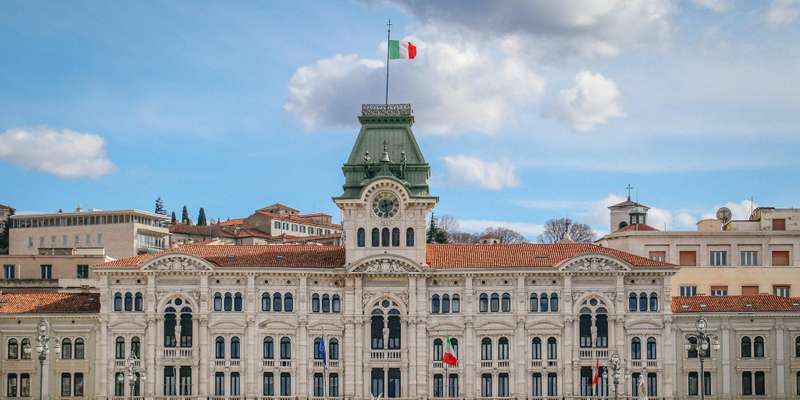- Home
- Useful Tips
- Where to find authentic...
Finding authentic Austro-Hungarian cuisine in Trieste can feel like deciphering a Habsburg-era map. With 63% of travelers reporting disappointment with tourist-trap restaurants serving 'local' dishes, the struggle to taste genuine imperial flavors is real. The city's unique position as a cultural crossroads means many eateries blend Italian and Slavic influences, leaving visitors craving those distinctive Viennese-style sauces and Bohemian baking techniques without knowing where to look. This culinary confusion often leads to missed experiences – imagine returning home without tasting proper sachertorte or understanding why Trieste's goulash differs from Budapest's. The frustration compounds when menus claim authenticity but deliver watered-down versions for mass appeal, leaving you questioning whether those glowing reviews were ever genuine.


Why Trieste's Austro-Hungarian eateries hide in plain sight
The most authentic spots often lack flashy signage because they've catered to generations of locals rather than tourists. Traditional establishments like Buffet da Pepi maintain their 1897 decor not as theme-park nostalgia, but because the marble counters and brass fixtures remain functional. These family-run businesses prioritize consistency over Instagram appeal – you'll find handwritten daily specials in dialect rather than multilingual menus with food photos. The key is observing where elderly Triestines dine; notice the wood-paneled cafés where patrons spend hours reading newspapers with a melange coffee. These institutions preserve recipes exactly as they were served when Trieste was the empire's main port, from the paprika intensity in their beef soup to the proper thickness of apple strudel pastry. Their survival through wars and border changes makes them living museums of taste.
Decoding menu clues for genuine imperial cuisine
Authentic Austro-Hungarian menus in Trieste feature specific terminology that separates them from imitators. Look for dishes labeled 'in bianco' (white-style), indicating the Central European tradition of cream-based sauces rather than Italian tomato bases. True local goulash will be called 'gulasch alla triestina', simmered with red wine and caraway seeds – a distinct variation from Hungarian versions. Dessert menus revealing homemade 'presnitz' (a spiral pastry with nuts and raisins) or 'putizza' (nut roll) signal serious adherence to tradition. Beverage pairings matter too; establishments worth their salt will offer Austrian wines like Grüner Veltliner alongside local Terrano, and proper Einspänner coffee (topped with whipped cream) rather than generic cappuccino. These details reflect generations of knowledge that can't be replicated by kitchens chasing tourist trends.
Time-capsule cafés preserving Habsburg-era rituals
Trieste's historic coffee houses operate on imperial rhythms that defy modern haste. At Caffè San Marco, founded in 1914, regulars still observe the traditional 'ombra e panino' mid-morning break – a glass of local wine with a sandwich, enjoyed standing at the bar. The best strudel arrives at 10:30am sharp, when the pastry chef deems it perfectly cooled. Similarly, Antico Caffè Torinese maintains its 1905 pricing structure for 'caffè politico', where elders debate affairs over tiny espresso cups until noon. These unwritten rules create opportunities to experience Austro-Hungarian culture beyond food; arriving at 3pm for jause (afternoon snack time) means scoring freshly baked krapfen doughnuts still warm from the oven. The secret is syncing with these schedules rather than expecting 24/7 service – patience rewards you with flavors unchanged since Franz Joseph's reign.
Neighborhood gems beyond the tourist center
Venturing just fifteen minutes from Piazza Unità reveals residential spots where imperial cuisine thrives unnoticed. The San Giacomo district hides family-run osmize (seasonal taverns) serving cured meats with horseradish cream, a Habsburg staple. In Barcola, waterfront konobas offer seafood with Austrian twists – think grilled squid with pumpkin seed oil dressing. Even the industrial zone shelters an unassuming buffet where truck drivers queue for proper liptauer cheese spread on black bread. These areas maintain lower rents, allowing chefs to focus on quality rather than compromising for tourist volumes. Morning markets near Via Carducci sell apfelkren (horseradish-apple relish) and other homemade condiments that locals use to recreate imperial dishes at home – the ultimate seal of authenticity.



